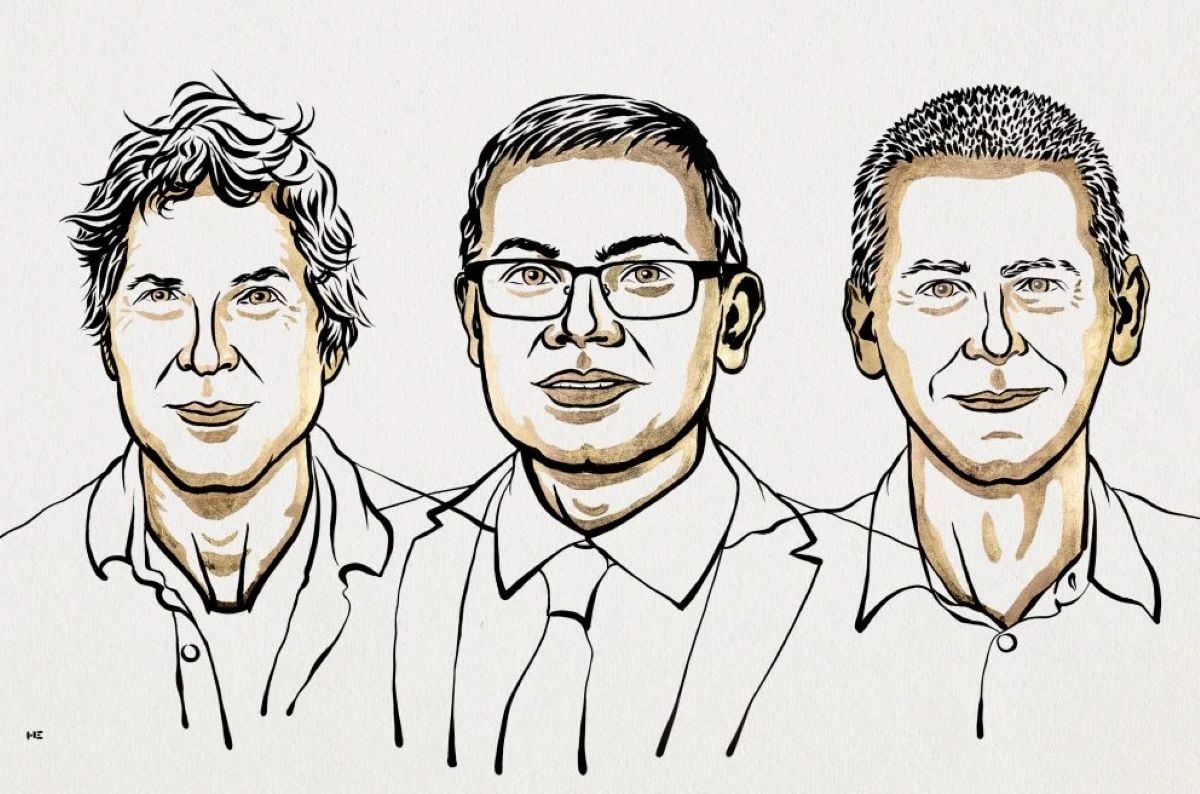Summary: The 2024 Nobel Prize in Chemistry celebrates two groundbreaking achievements in protein science: designing novel proteins and predicting protein structures using AI.
David Baker has pioneered techniques to construct entirely new proteins that could serve as pharmaceuticals, vaccines, and nanomaterials. Meanwhile, Demis Hassabis and John Jumper’s AI model, AlphaFold2, solved the decades-old challenge of predicting protein structures, allowing researchers to visualize nearly all known proteins.
These advancements hold transformative potential for fields like medicine, biotechnology, and environmental science.
Key Facts
- David Baker’s work enables the creation of new proteins with therapeutic uses.
- AlphaFold2 predicts the structure of proteins, enhancing scientific understanding.
- These discoveries advance medicine, materials science, and environmental solutions.
Source: Nobel Prize
The Royal Swedish Academy of Sciences has decided to award the Nobel Prize in Chemistry 2024 with one half to David Baker, University of Washington, Seattle, WA, USA and Howard Hughes Medical Institute, USA “for computational protein design“, and the other half jointly to Demis Hassabis, Google DeepMind, London, UK and John M. Jumper, Google DeepMind, London, UK “for protein structure prediction“.
They cracked the code for proteins’ amazing structures
The Nobel Prize in Chemistry 2024 is about proteins, life’s ingenious chemical tools. David Baker has succeeded with the almost impossible feat of building entirely new kinds of proteins. Demis Hassabis and John Jumper have developed an AI model to solve a 50-year-old problem: predicting proteins’ complex structures. These discoveries hold enormous potential.

The diversity of life testifies to proteins’ amazing capacity as chemical tools. They control and drive all the chemical reactions that together are the basis of life. Proteins also function as hormones, signal substances, antibodies and the building blocks of different tissues.
“One of the discoveries being recognised this year concerns the construction of spectacular proteins. The other is about fulfilling a 50-year-old dream: predicting protein structures from their amino acid sequences. Both of these discoveries open up vast possibilities,” says Heiner Linke, Chair of the Nobel Committee for Chemistry.
Proteins generally consist of 20 different amino acids, which can be described as life’s building blocks.
In 2003, David Baker succeeded in using these blocks to design a new protein that was unlike any other protein. Since then, his research group has produced one imaginative protein creation after another, including proteins that can be used as pharmaceuticals, vaccines, nanomaterials and tiny sensors.
The second discovery concerns the prediction of protein structures. In proteins, amino acids are linked together in long strings that fold up to make a three-dimensional structure, which is decisive for the protein’s function.
Since the 1970s, researchers had tried to predict protein structures from amino acid sequences, but this was notoriously difficult. However, four years ago, there was a stunning breakthrough.
In 2020, Demis Hassabis and John Jumper presented an AI model called AlphaFold2. With its help, they have been able to predict the structure of virtually all the 200 million proteins that researchers have identified.
Since their breakthrough, AlphaFold2 has been used by more than two million people from 190 countries. Among a myriad of scientific applications, researchers can now better understand antibiotic resistance and create images of enzymes that can decompose plastic.
Life could not exist without proteins. That we can now predict protein structures and design our own proteins confers the greatest benefit to humankind.
About this Nobel Prize news
Author: Press Office
Source: Nobel Prize
Contact: Press Office – Nobel Prize
Image: The image is credited to Ill. Niklas Elmehed © Nobel Prize Outreach






